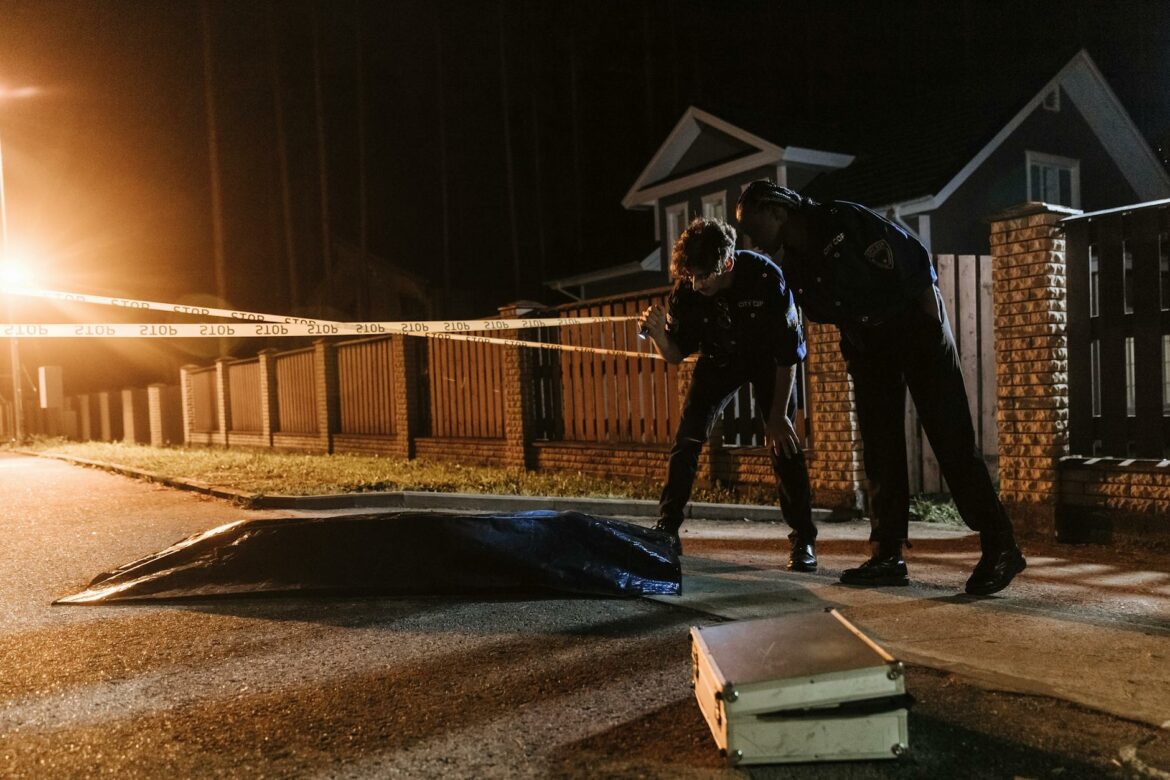Imagine a sunlit afternoon on a local soccer field, where the air is filled with the sounds of laughter, shouts, and the occasional whistle. A group of young athletes is gathering for practice, their bright jerseys sparkling against the lush green grass. Among them is a player who suddenly hobbles off the field, clutching their ankle. The mood shifts slightly, as concerned teammates rush to their side, but before panic can set in, a coach steps in confidently, pulling out a roll of athletic tape.
Knowing how to tape an ankle correctly can be a game-changer—not just for players on the field but for anyone looking to support their joints during physical activity or recovery. It’s a skill that can make a big difference in preventing injuries and providing stability. So, let’s dive into the art of taping ankles, step by step, so you can be ready for any situation that might arise.
First and foremost, you’ll want to gather your materials. This isn’t just grabbing any tape lying around; you’ll need athletic tape or kinesiology tape, depending on your preference. Athletic tape is sturdy, perfect for creating stability, while kinesiology tape offers more flexibility and can aid in muscle recovery. Additionally, have a pair of scissors on hand, along with pre-wrap if you want to protect the skin from irritation. It’s also a good idea to have a clean, dry ankle to start with; any moisture can prevent the tape from sticking properly.
Once you have everything ready, the first step is to prepare the ankle. If you’re using pre-wrap, start by wrapping it around the ankle, beginning just above the malleolus—the bony protrusion on the side of your ankle. Be sure to overlap the pre-wrap slightly as you move around the ankle so that you create a smooth base for your tape. This layer will keep the skin safe and help the tape adhere better.
Now, it’s time to cut your first piece of tape. A standard length is usually around 10-12 inches, but you may need to adjust based on the size of the ankle you’re taping. Start by placing the end of the tape just above the ankle bone on the inside of the ankle and pull it across to the outside, wrapping it snugly but not too tight—aim for comfort and support, not constriction. As you lay this first strip down, remember that the tape should ideally be applied in a manner that allows for some natural movement.
Next, you’ll create a figure-eight pattern, which is crucial for stabilizing the joint. After securing the first piece, take another strip of tape, starting just above the ankle bone on the outside this time. Bring it diagonally across the top of the foot and then around the back of the heel, creating a loop. This technique mimics the natural motion of the ankle and reinforces its stability. Repeat this process with another strip, ensuring each loop overlaps slightly with the previous one for maximum support. Pay attention to the tension—it should feel supportive, not painful.
Once you feel satisfied with the figure-eight pattern, it’s time to add some additional support. This next layer consists of anchoring strips. Use shorter pieces of tape to create anchors at the top of your tape job and just above the heel. These anchors help hold everything in place. Place the tape horizontally around the ankle, ensuring it’s snug but allowing for some movement.
As you finish this application, check for any areas where the tape might be too tight. A good rule of thumb is the “three-finger rule.” If you can slide three fingers between the tape and the skin comfortably, you’ve done it right. If it’s too tight, gently peel it back a little and reapply to ensure there’s no loss of circulation.
Now, don’t forget to do a quick functional test. Gently twist and move the ankle to ensure that it feels stable but still allows for a natural range of motion. If it feels good, congratulations! You’ve just completed a solid ankle taping job.
An added tip: If you’re preparing for a longer training session or game, consider applying some Kinesiology tape on top of your athletic tape. This tape is designed to mimic skin elasticity, and its application can provide additional muscle support and pain relief during activity.
While taping an ankle is a straightforward skill, it’s valuable to note that there are different techniques based on the specific needs of the athlete. For instance, basketball players may benefit from added support on the outer side of the ankle due to the lateral movements involved in the sport. Soccer players, on the other hand, might require more flexibility for kicking. It’s always a good idea to tailor your approach based on the activity and individual preferences.
Lastly, remember that tape isn’t a substitute for proper strength training and injury prevention strategies. While it can provide additional support, it’s crucial to strengthen the muscles and ligaments around the ankle through exercises like ankle circles, calf raises, and balance drills. This combination of support and strength training can go a long way in keeping injuries at bay.
So next time you find yourself on the sidelines or in a home gym, and you see someone in need of a little extra support, you’ll be equipped to step in confidently with your taping skills. This simple technique, performed correctly, can not only enhance athletic performance but also offer a sense of security and confidence to those wearing it.
Embrace the challenge of perfecting your technique, and remember that each taping job is an opportunity to learn and improve. Soon enough, you’ll find yourself taping ankles like a pro, ready to support your teammates or friends in their athletic endeavors.

